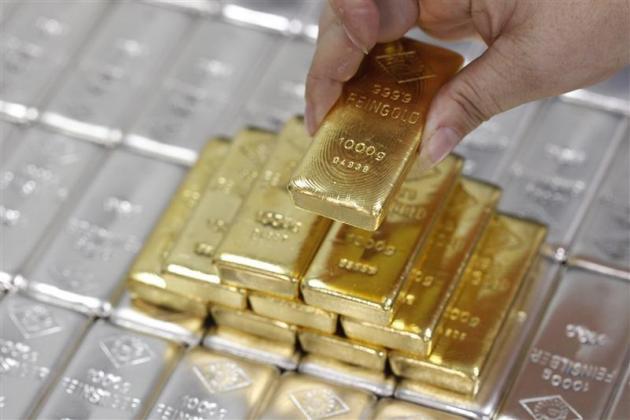Twenty years of trading has proven one thing correct, time and time again. The markets act in such a way as to do the greatest amount of harm to the greatest number of participants at any given moment. This is exactly how Sunday night's trading began when, for a few minutes, traders were able to trade gold and platinum at the same prices. There were two opportunities on Sunday night. The first was shortly after the open and the second was around 2am Eastern time as you can see on the chart below.

Sunday night's trade was the first time since October of 2011 that a trader could have executed this spread at even money. As you can see from the chart, this was an instant winner for those manning their desks through the night. The problem is, individual retail traders typically have real jobs that require them to sleep at night. Therefore, Sunday night's washout did more to knock individual traders out of the market as volatility exploded rather than allowing them to enter the market at a favorable price.
The decline in the metals markets has mirrored the declines of most commodity markets recently. We discussed this broadly in, "Trading the Decline in Commodity Prices and Volatility." We feel that the best way to enter these markets is to use spreads as a relative value play. In this case, we are comparing the relative value of platinum to the relative value of gold. The point being that given the same price, platinum is a greater store of value. Furthermore, in a decline like we've witnessed, we can't be sure where the bottom will be. The spread allows us to initiate the position with some downside coverage through the short gold position.
There are a couple of critical factors involved in this spread. The primary factor is that the listed futures contracts are not the same size. The standard gold contract is 100 ounces while the standard platinum contract is 50 ounces. That makes this a ratio spread requiring two platinum contracts for every gold contract. We've gone into deeper detail of these peculiarities in, "Spread Trading Gold vs Platinum." This piece was written in 2008 so the data isn't fresh and the format is a little rough but the concept of comparative volatility and its effect on the cash balance of the trader's account is still valid. Fortunately, the current situation is far simpler as the above referenced ratio trade will cover the basics for the move we're trying to capture.
Looking at the weekly chart below, you can see that gold and platinum, while logically different in value have in fact traded at even money and a platinum discount a few times in the past. The history of this spread was detailed in, "Historical Pricing Opportunity Between Gold and Platinum." The point in the chart below is that if you are constructing this spread on your own charting platform you need to make sure to use unadjusted futures contracts for your historical data. This is the only way to compare apples to apples. Otherwise, the back adjusting calculations used by your data provider to eliminate the giant gaps that occur with regular frequency upon expiration will distort the underlying contract values and obviously corrupts the integrity of the historical research.

Unfortunately, I don't know of any trading platforms that will allow a ratio spread order buying two platinum and selling one gold at even money, mainly because no one knows at what price parity will be reached. Those watching the market Sunday night could've executed this spread somewhere between the $1,190 and $1,200 per ounce in their respective markets. Walking this forward that spread has widened to $60-$70 already. The calculated profit assuming the trade was executed at $1,200 per ounce would already have accrued more than $6,000 in profits in platinum while only incurring a loss of around $600 in the gold contract. This is the type of low hanging fruit that professional trading desks dream of.
Here is the link to all of our platinum research.





